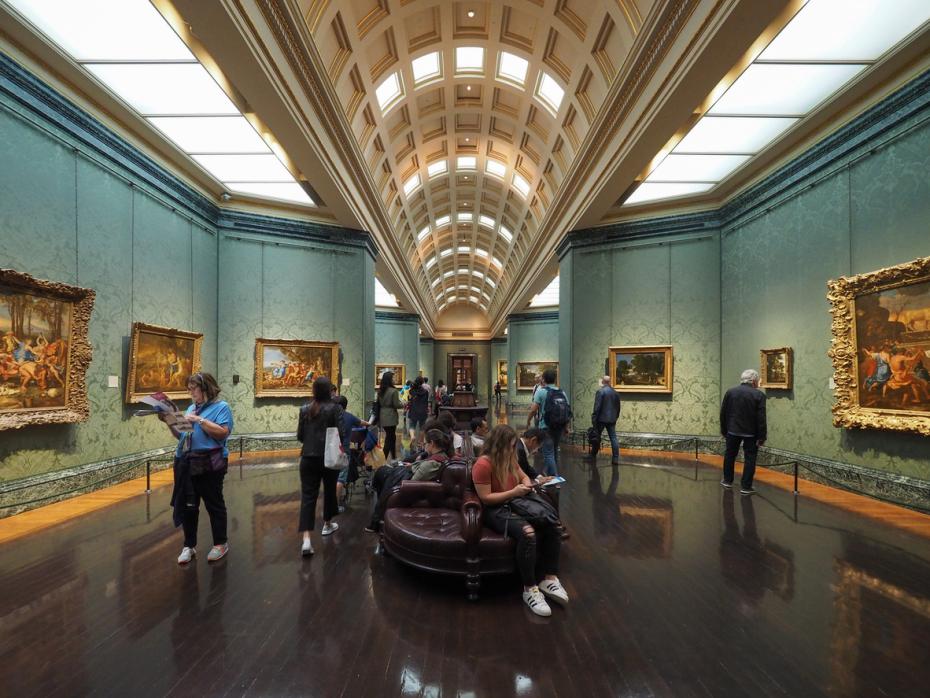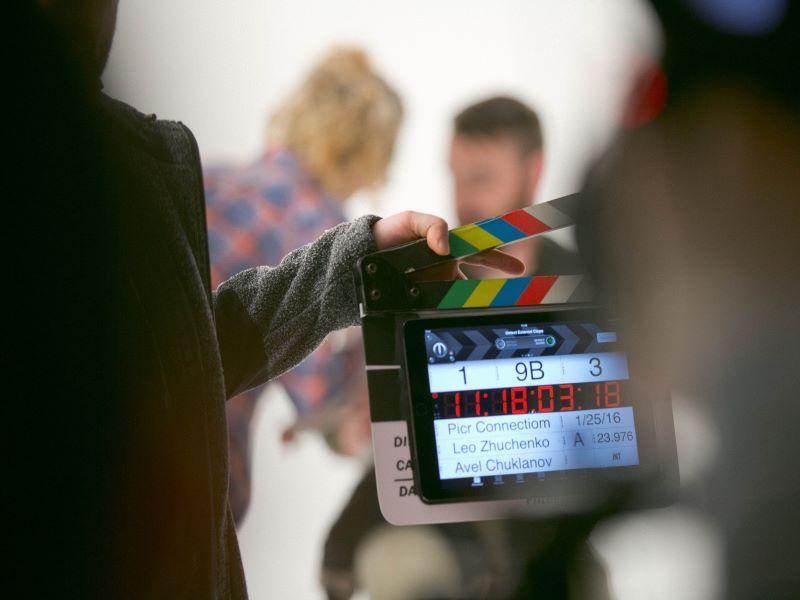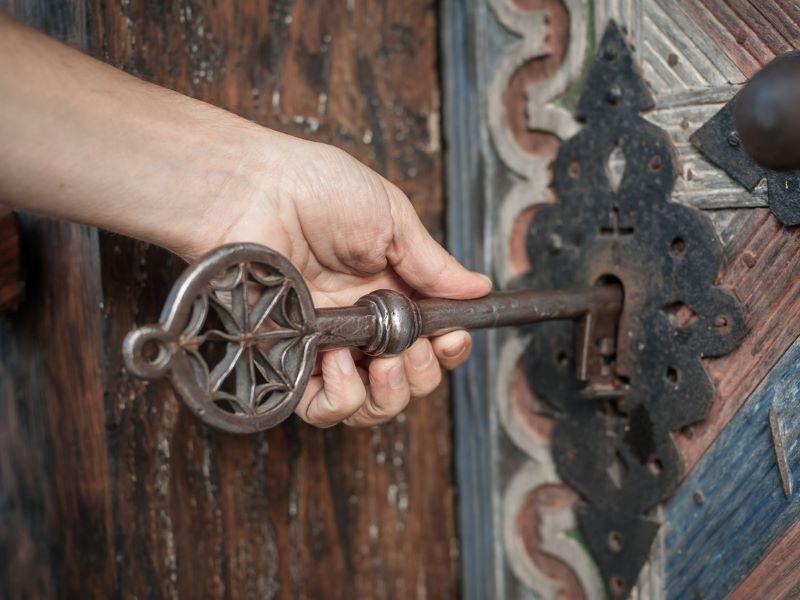
Better together? The secret to successful collaborative arts and humanities PhD research

You may also like
It has been 20 years since the Arts and Humanities Research Council introduced its Collaborative Doctoral Award (CDA) scheme. CDAs provide funding for PhD students to work on projects with organisations outside their university and to demonstrate impact beyond the academy.
Mainly pursued with partners in the heritage sector, they have become a defining feature of my career, and this year I begin supervising my 15th collaborative PhD project with the Whitechapel Gallery and Museum of Youth Culture in London.
But what makes for a successful collaborative PhD?
Most CDA projects begin not with the student, but with a proposal developed between an academic researcher and a potential co-supervisor who works in a non-academic setting – in my case, usually a museum. The idea may originate with one or the other, but good projects are co-created from the outset and need time to mature and develop. What started, for example, as a casual conversation about the growing popularity of Thames mudlarking with a colleague at the Museum of London Archaeology (MOLA) turned into a funding application with a well-developed intellectual case and clearly identified outcomes that could benefit the work of MOLA. Tom Chivers’ PhD project In the Flow of Things: Encounters with the Mudlarks of the Thames Foreshore was the product of this effort.
Projects may be conceived and funding won by the supervisory team – a process that helps to build and strengthen working relationships well before the PhD starts. However, it is critical that the student appointed to undertake the research is supported to make the project their own. CDAs frequently involve supervisors from across academic and professional settings, and when they work well, offer truly collaborative, multidisciplinary mentorship. But whatever stake the supervisors (and the organisations they represent) have in a project, the research is ultimately the student’s, and this needs to be respected.
- Spotlight guide: How academia can work well with industry
- Five ways to connect PhD students with industry
- What support students need to succeed in work placements
How to manage relationships between research collaborators
There are strong intellectual synergies between arts and humanities academics and those working in the creative and heritage sectors, but there are also different skills, expertise and ways of working to navigate. This needs to be understood, valued and embraced. Rates of pay and reward in museums and galleries are generally lower than in universities. We must appreciate this difference and other resourcing inequalities. Collaboration rarely works where there are hierarchies or where there is no openness to learning and sharing.
The student sits amid these relationships and needs support to navigate the power dynamics; the roles and contributions of different members of the supervisory team require some definition. Students also need to be embedded in university and partner institutions, ideally with desk space at each.
Simple things can cultivate healthy relationships among collaborators. Alternating the location of supervisory meetings so they take place at the non-academic partner’s base as well as the university signifies a commitment and provides understanding of different workplaces. Invitations to attend or participate in events such as seminars, lectures, previews and openings at each other’s institutions offer opportunities to meet others and develop further collaborations.
Working with parts of a university that support outward-facing collaboration can also help to sustain a successful partnership. Queen Mary University of London’s public and civic engagement teams have provided expertise for organising and evaluating events. They have also provided funding for small exhibitions at partner venues. More specifically, an initiative such as Queen Mary’s Centre for Studies of Home (a joint venture with the Museum of the Home) with whom I have supervised five CDAs, provides a strong strategic base and intellectual home for a project. This is compelling to a potential funder and enriching for a student.
Working with CDA students is especially rewarding. Projects tend to attract candidates who have substantial professional expertise. Expectations about what a collaborative PhD can deliver – especially in terms of experiences and outputs – often run high. While many CDAs do result in exhibitions, for example, these are expensive (and cannot be funded through the studentship) and are usually planned and programmed months, if not years, in advance. More modest outputs, such as smaller displays, contributions to learning and schools’ programmes, the development of online resources or the creation of a walking tour, are easier to deliver but no less impactful.
The impact of CDAs on public audiences is not their only measure of success. They allow students to cultivate a blend of skills, providing a route into heritage and creative sector careers as well as academic ones. Former CDA students are embedded across the museum and gallery sector and are part of a significant upskilling effort of the workforce. CDAs also build research capacity and supervisory expertise among non-university partners. And for academic supervisors, CDAs are a sociable development opportunity and a rewarding way of bringing doctoral research to wider audiences.
Alastair Owens is a professor of historical geography at Queen Mary University of London. He was shortlisted for the Outstanding Research Supervisor of the Year at the Times Higher Education Awards 2025 #THEAwards. A full list of shortlisted candidates can be found here.
If you would like advice and insight from academics and university staff delivered direct to your inbox each week, sign up for the Campus newsletter.
Additional Links
For more advice from the shortlists of the Times Higher Education Awards 2025, see our spotlight guide.


